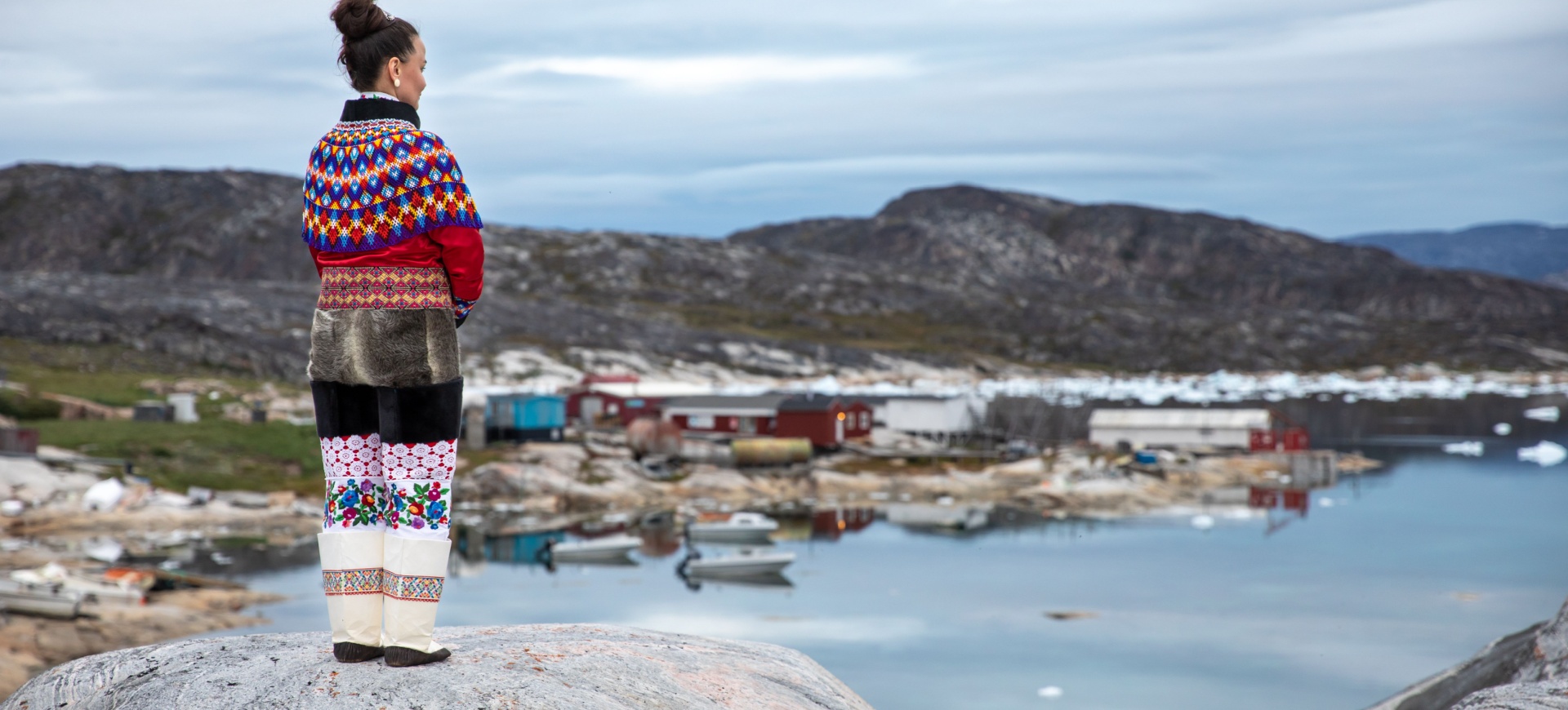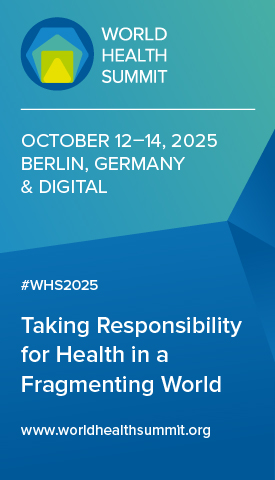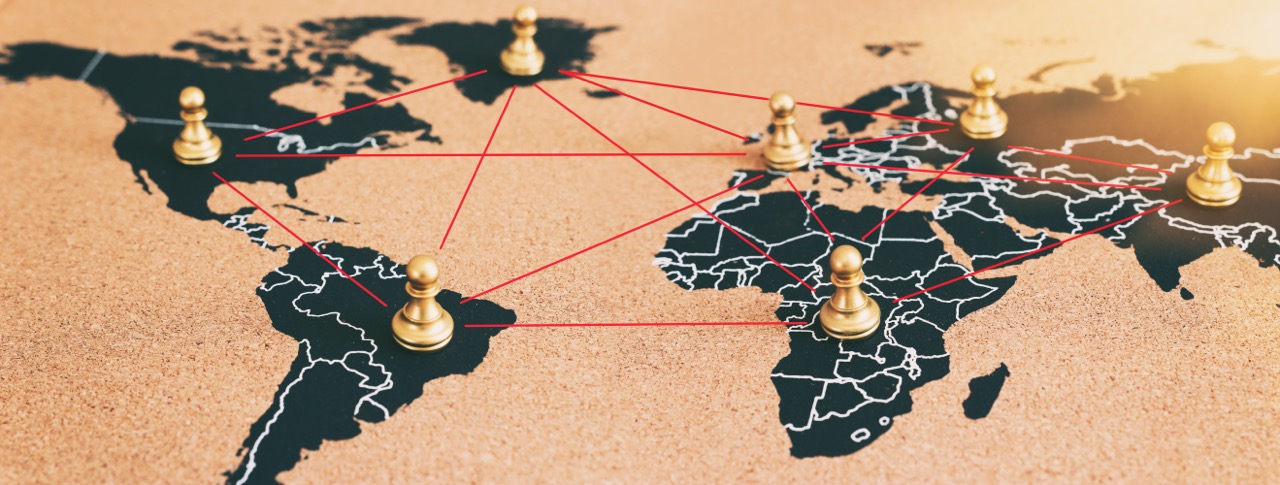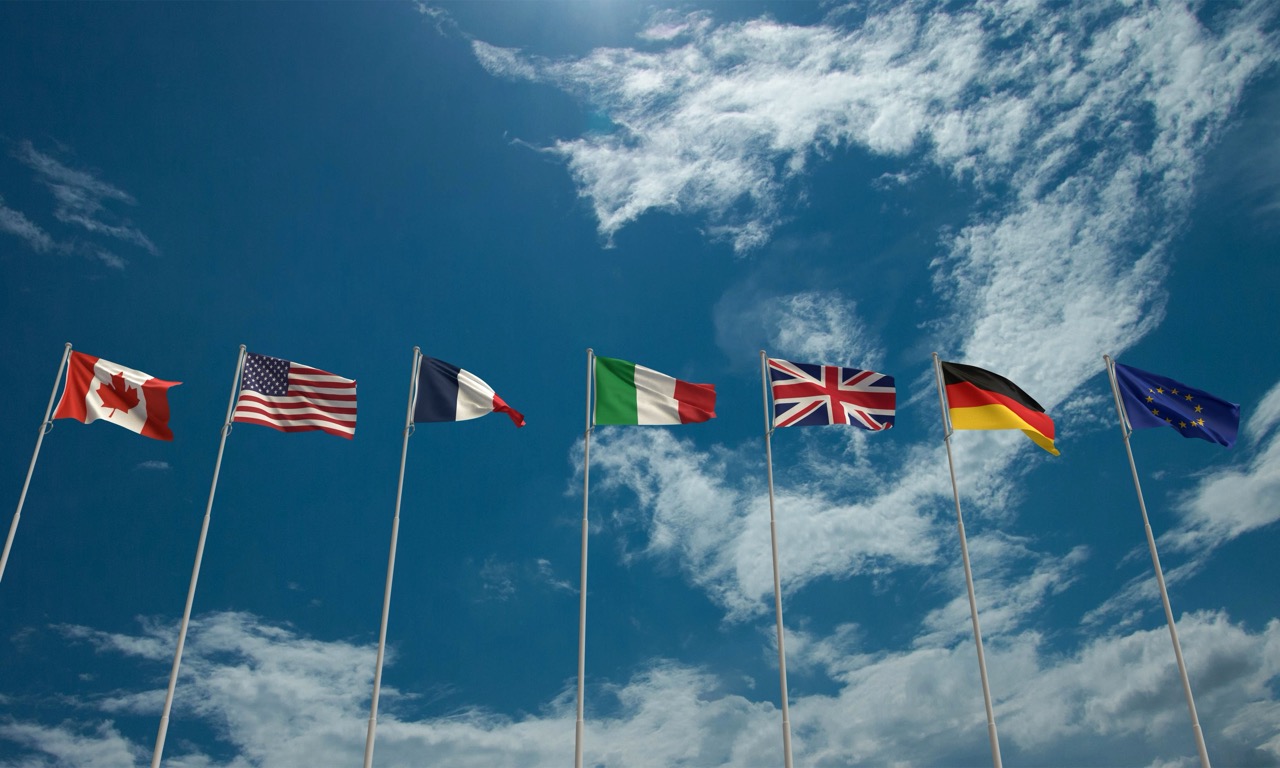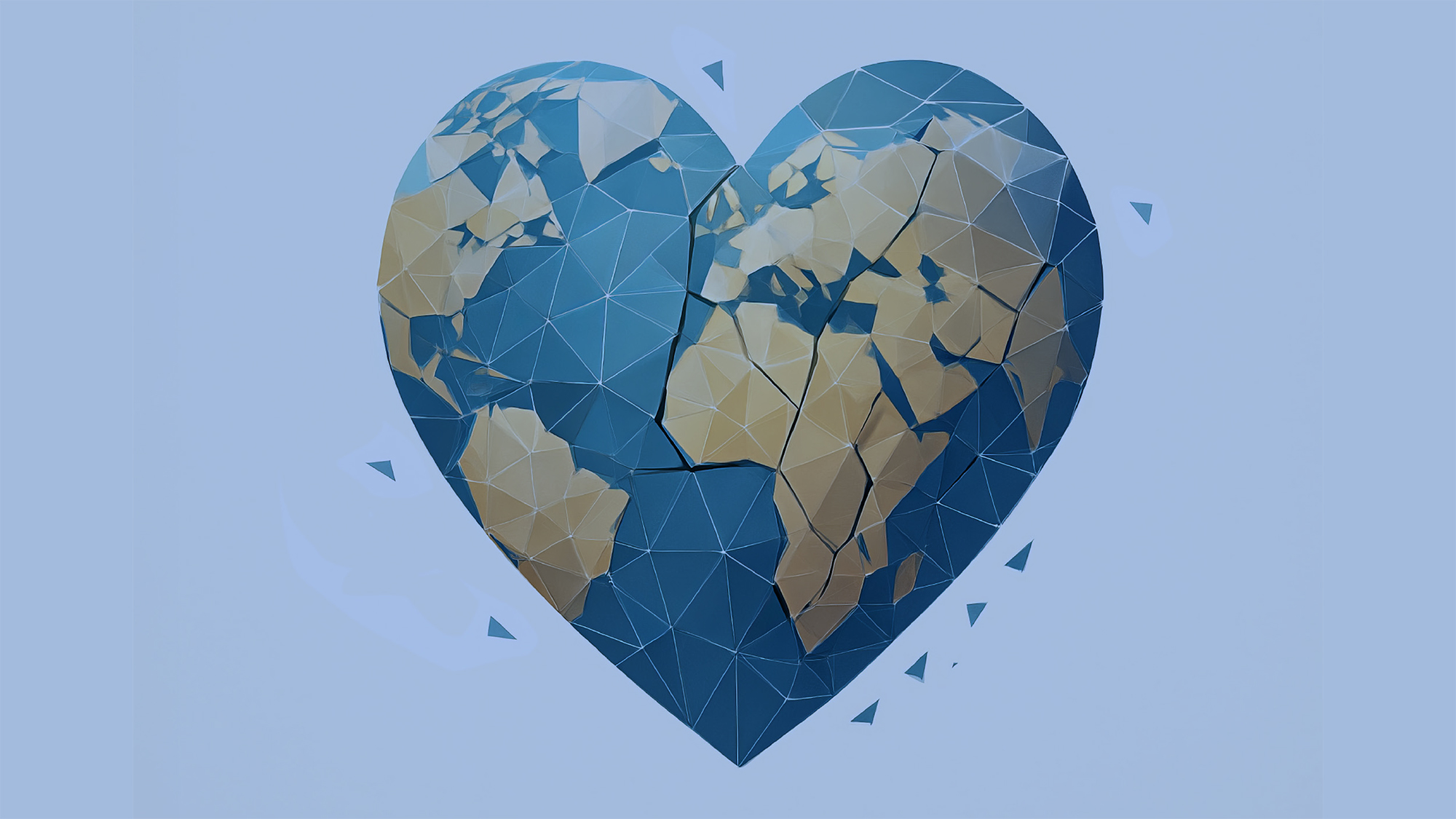How health trends and decisions are affecting Inuit in Greenland
Indigenous knowledge and citizen involvement are essential to strengthen social cohesion, and political decisions for health need to be made with careful consideration of those directly affected
The increased centralisation of important societal functions is one of several consequences of globalisation in Greenland, a country with a surface area of 2,166 million square kilometres. Despite its vast area, the total population numbers only 57,000 inhabitants, of whom 90% are Indigenous Inuit, with the rest primarily from Denmark. This development has been under way since Greenland was industrialised at the beginning of the 20th century. Political bodies gather in larger communities, which means that important decisions are often made far away from citizens. To put that in perspective, no actual roads connect communities in Greenland. The only way to get to and from a community is by boat, aircraft, dogsled or snowmobile.
Labour opportunities are also increasing in the larger communities, leaving smaller communities to – at worst – socio-economic decay. The same can be said about education services. Research has shown that lack of access to education and labour opportunities increases the risk of suicide, partially explained by the restricted access to financial resources. In the past decades, the Greenlandic health sector has likewise been subject to increasing centralisation that has limited health services for people living outside of large communities. The Covid-19 pandemic indisputably exposed the vulnerability of small communities caused by such centralisation.
These changes, which are also happening on a large scale globally, have both diffuse and concrete consequences for the physical and mental health of Greenlandic Inuit, as well as for social cohesion. Increased mobility related to education, labour supply and health services results in smaller communities being depopulated and larger communities growing. It also leads to a fragmentation of business life and families, loss of place and, consequently, loss of cultural identity and practice. The innate importance of place, cultural vitality and close social relationships for mental and physical well-being among Indigenous peoples across the circumpolar region is heavily documented in Arctic literature.
Consequences of centralisation
One concrete example of the consequences of centralisation is the increasingly limited maternity services in Greenland. Pregnant women are often required to travel hundreds, even thousands, of kilometres to give birth, forced to leave their homes and families for longer periods before and after the birth. In addition to the social consequences for families and local communities, against the background of Greenlandic Inuit’s strong attachment to place and family, it cannot be ruled out that this disruption will cause long-term changes in population development. Statistically, more and more women are giving birth in their own community, which may indicate increased mobility motivated by family planning, further contributing to urbanisation.
Distributive economics continues to provide a political incentive to depopulate and shut down communities to ensure balance and equal living conditions. The current politically desired centralisation raises an important question about whether people should continue to be able to live in small communities and whether it is at all possible to ensure equal living conditions. From a fiscal point of view, the political desire for centralisation is easy to understand, but the demand for housing, which is often expensive and difficult to access in the larger communities, and a strained health sector result in social stagnation and risk causing greater socio-economic consequences, both in the short and long term.
As a historical example, the political closure of Qullissat, one of Greenland’s largest cities in the 1960s, had irreparable social consequences not only for the health and lives of the 1,100 Indigenous people who were forcibly relocated, but also for Greenland’s national development as a whole.
Unknown impacts
These developments caused by centralisation are reinforced by increasing climate change. In certain cases, climate change provides an opportunity for economic development, such as increased opportunities for fishing and mining in Greenland because of the diminishing ice in the Arctic. However, entire local communities are forced to move from their homes, primary occupations are liquidated and contact with nature changes – all factors that affect general health and well-being, and lead to a loss of cultural knowledge and practice. The consequences of this are not yet fully known.
Adaptation and ecological resilience have often occupied the political and scientific discourse as a means to overcome the damaging impacts of both centralisation and climate change. As adaptation and resilience are features that can develop inadvertently, it is important to turn our focus to the kind of adaptation and resilience we can build ourselves, based on our shared past experiences and current knowledge. In this context, it is essential to include our Indigenous knowledge of culture and nature in all aspects of development and build bridges between generations and across the rich variations in culture that still exist in spite of our scarcely populated nations across the Circumpolar North.
We are living in a time when major detrimental changes are unravelling at such a pace that political comprehension and latency might result in obsolete planning and efforts. It is therefore imperative that political choices are rooted in, or, at the very least, supported by scientific and traditional knowledge and, equally, are formed by historical experiences that we already know the consequences of. In addition, it is crucial that political decisions be made with careful consideration of, and together with, the people who are affected directly by them. Increased community engagement, Indigenous knowledge and citizen involvement are essential to prevent further societal fragmentation and to strengthen social cohesion in the pursuit of empowering the current vulnerable process of nation building.
